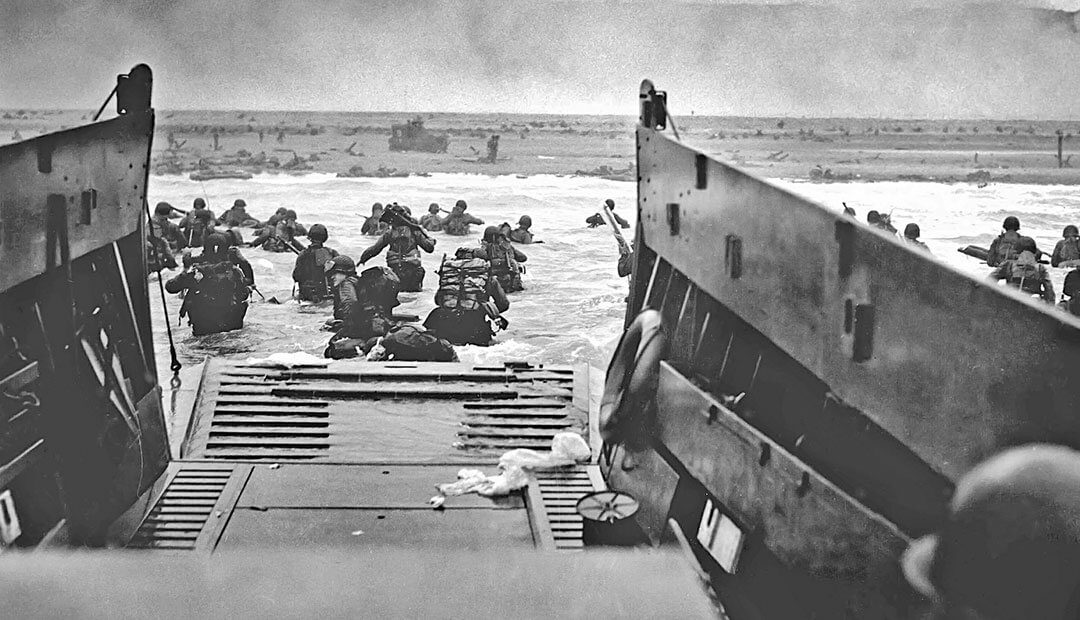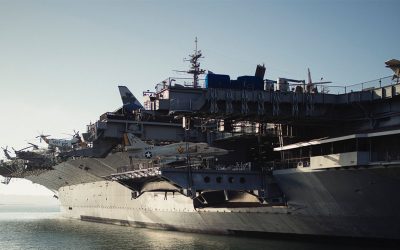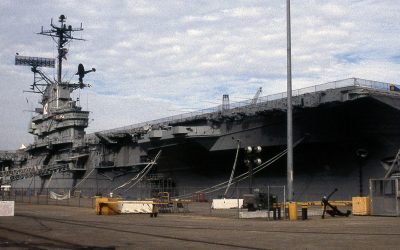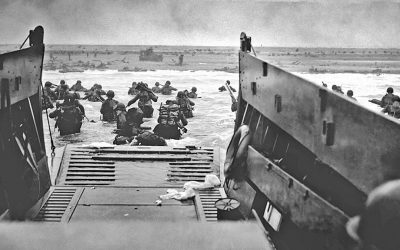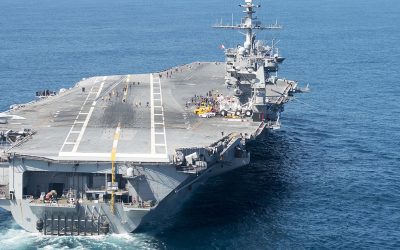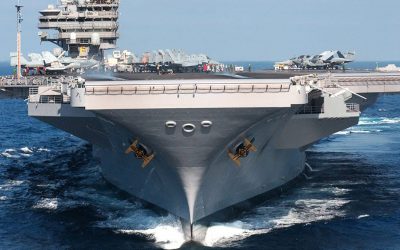The Korean war which broke out between North and South Korea in the early 1950s, turned out to be a contention between the world powers who were backing either side. The war erupted as a result of the cold war where Korea was split into two countries, North Korea and South Korea, and each of them claimed dominion over the other. While North Korea was supported by China and USSR, South Korea was supported by the United States of America.
While neither side could actually win this war and it ended as a bitter stalemate, the role of the United States warship USS Essex CV-9 proved to be the reason as to why South Korea did not lose this war. The USS Essex CV-9 was built and commissioned during the Second World War. It was a heavy artillery aircraft carrier and served to be the lead offensive machinery in all of U.S.A.’s naval missions during the war. After the end of the war with the victory of the allied forces, the USS Essex CV-9 was decommissioned.
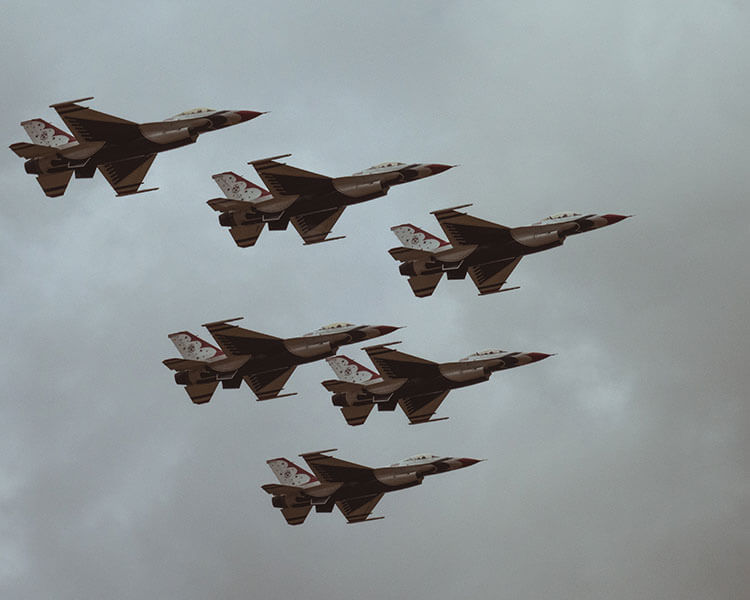
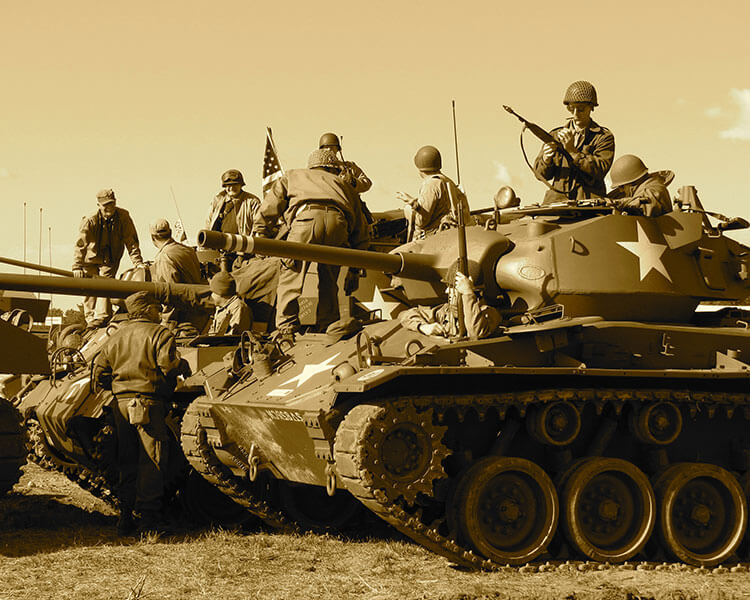
However, within just a few years, she would be recommissioned again to serve as part of NATO’s (North Atlantic Treaty Organization) offensive forces in the Korean war. The USS Essex CV-9 carried out various amphibian attacks on the North Korean forces and heavily cut off their supply channels forcing them to flee from the coasts of South Korea. She was appointed as a part of Task Force 77 and Carrier Division 1, serving in both groups as the flagship bearer and she also became the first aircraft careers to launch Banshee aircrafts.
Towards the middle of the war, when the confrontations became extremely high, a Banshee aircraft would be injured right after takeoff and crash back on to the deck of the USS Essex CV-9 and this incident took the lives of 7 United Nations soldiers. The ship had to be repaired at the port in Yokosuka, however within a few months she was back in action and provided a massive amount of support at the Yalu River battle.
The USS Essex CV-9 served in the Korean war till the very end in 1953 and was also part of the ‘peace petrol’ in the East China sea. There were still smaller battles being engaged in 1953 and she assisted many of them including the notable Tachen Island Evacuation mission. Moreover, the role of the USS Essex CV-9 in the Korean was undeniably huge. Towards the beginning of the war both South Korean forces along with NATO were suffering heavy losses and were about to lose the war. The USS Essex CV-9 served as the game changer and completely turned the tides of war. While it was not won mostly due to the global political situations, if it was not for the aid provided by the USS Essex CV-9 it is fair to say that the South Korean forces would have lost this war.

